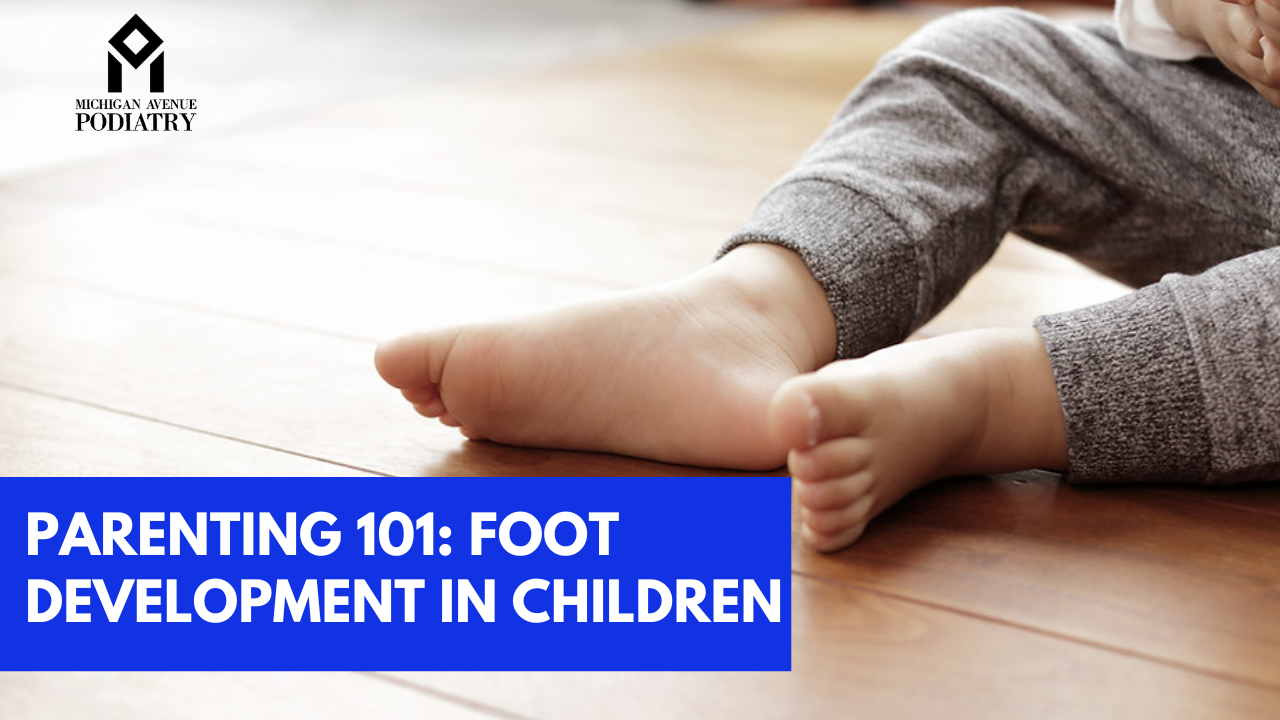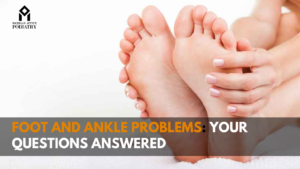As parents, we watch our little ones grow and develop at an incredible pace. Every milestone, from that first smile to those wobbly steps, fills our hearts with joy. But with so much focus on upper body development and reaching those big milestones, it’s easy to wonder – what about their feet?
This blog post is your guide to understanding normal foot development in children, what to expect at different ages, and when to seek professional help from a podiatrist.
Early Steps: From Crawling to First Walks (0-2 years old)
- Newborn Feet: Newborn feet appear flat due to fatty tissue pads. This is normal and helps with grasping and balance during those early exploratory movements.
- Pre-walking stage: As your child starts pulling up and cruising, their feet will begin to develop arches. Don’t be alarmed if their feet appear slightly inward or outward-turned while walking – this is common and usually corrects itself by age 3.
The Curious Climber Stage (2-4 years old)
- Active Exploration: This is when your child becomes a little explorer, constantly on the move. Their feet will continue to develop arches and strengthen muscles for balance and coordination.
- Slight variations are normal: You might notice some inward or outward turning of the toes or feet. As long as it’s not severe and doesn’t seem to be causing discomfort, it’s usually nothing to worry about.
Preschool Years (4-6 years old)
- Growing Strong: Your child’s feet will be growing rapidly during this stage. Make sure their shoes fit well and provide good support.
- Common Concerns: Flat feet are quite common at this age. While most cases resolve naturally, consult a podiatrist if you notice any pain, difficulty walking, or uneven wear on shoes.
When to Seek Help from a Podiatrist:
While most foot development variations resolve on their own, there are situations where seeking professional help is recommended:
- Persistent In-toeing or Out-toeing: If the turning in or out of the toes or feet is severe or persists beyond age 4, a podiatrist can evaluate and recommend treatment options like orthotics.
- Limping or Walking on Tiptoes: If your child consistently walks on their tiptoes or limps, it could indicate pain or a developmental issue. Early evaluation by a podiatrist is crucial.
- Uneven Wear on Shoes: Uneven wear on shoe soles can indicate abnormal gait patterns or foot mechanics. A podiatrist can assess the cause and recommend solutions.
- Pain or Discomfort: If your child complains of persistent pain in their feet or ankles, don’t hesitate to consult a podiatrist. Early intervention can prevent future problems.
Remember, your pediatrician is also a valuable resource! Don’t hesitate to raise any concerns you have about your child’s foot development during their regular checkups.
By understanding normal foot development and seeking professional help when needed, you can ensure your child has a strong and healthy foundation for a lifetime of happy feet!




